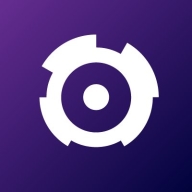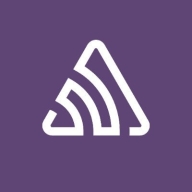

ITRS Geneos and Sentry compete in the monitoring solutions category. Sentry seems to have the upper hand due to its targeted capabilities and cost-effectiveness.
Features: ITRS Geneos is praised for its comprehensive monitoring, alerting capabilities, and robust functionality. Sentry is favored for effective error tracking, performance monitoring, and targeted developer solutions.
Room for Improvement: ITRS Geneos users highlight the need for simpler configuration, better documentation, and improved usability. Sentry users desire improved integration capabilities, more robust support channels, and better customer service response times.
Ease of Deployment and Customer Service: ITRS Geneos is reported to have a more complex deployment process, requiring extensive support, but offers superior customer service once the system is running. Sentry is seen as easier to deploy, although it has feedback suggesting room for improvement in customer service response times.
Pricing and ROI: ITRS Geneos has a higher initial setup cost, but users feel they get good value with a solid ROI due to its robust functionality. Sentry's pricing is more favorable, and users find the ROI excellent due to its cost-effectiveness and error tracking efficiency.
| Product | Market Share (%) |
|---|---|
| Sentry | 5.8% |
| ITRS Geneos | 1.1% |
| Other | 93.1% |


| Company Size | Count |
|---|---|
| Small Business | 6 |
| Midsize Enterprise | 12 |
| Large Enterprise | 39 |
| Company Size | Count |
|---|---|
| Small Business | 7 |
| Midsize Enterprise | 3 |
| Large Enterprise | 3 |
ITRS Geneos is a real-time monitoring tool designed for managing increasingly complex, hybrid and interconnected IT estates.
Built with financial services and trading organisations in mind, it collects a wide range of data relating to server performance, infrastructure, trading, connectivity and applications, and analyses it to provide relevant information and alerts in real time.
Geneos can give full stack visibility across highly dynamic environments and presents all the information through a single pane of glass and its configurable and customisable dashboards provide end-to-end visibility to both technical and business users.
For more information, please visit https://www.itrsgroup.com/products/geneos
Sentry is a robust error management system known for real-time error tracking and integration with tools like Slack, GitLab, and Jira, benefiting those seeking comprehensive application performance insights.
Sentry offers a seamless platform to monitor errors in both front-end and back-end applications, providing real-time alerts and comprehensive event log context. With its integration capabilities, teams effectively track application metrics and access performance data without direct production access, ensuring enhanced reliability. Sentry's features such as event grouping and code trace logs linked to Git repositories highlight its utility in maintaining application efficiency. Enhanced security and regular updates make it a preferred choice over competitors. Despite some requests for improvements in automation and UI enhancements, Sentry remains invaluable for error management and application performance monitoring.
What are the key features of Sentry?In industries like technology, Sentry is crucial for monitoring errors in web applications, offering real-time alerts and performance tracking. It is frequently used in ETL processes to detect failures without direct developer access, benefiting teams who manage large-scale applications and databases efficiently.
We monitor all Application Performance Monitoring (APM) and Observability reviews to prevent fraudulent reviews and keep review quality high. We do not post reviews by company employees or direct competitors. We validate each review for authenticity via cross-reference with LinkedIn, and personal follow-up with the reviewer when necessary.